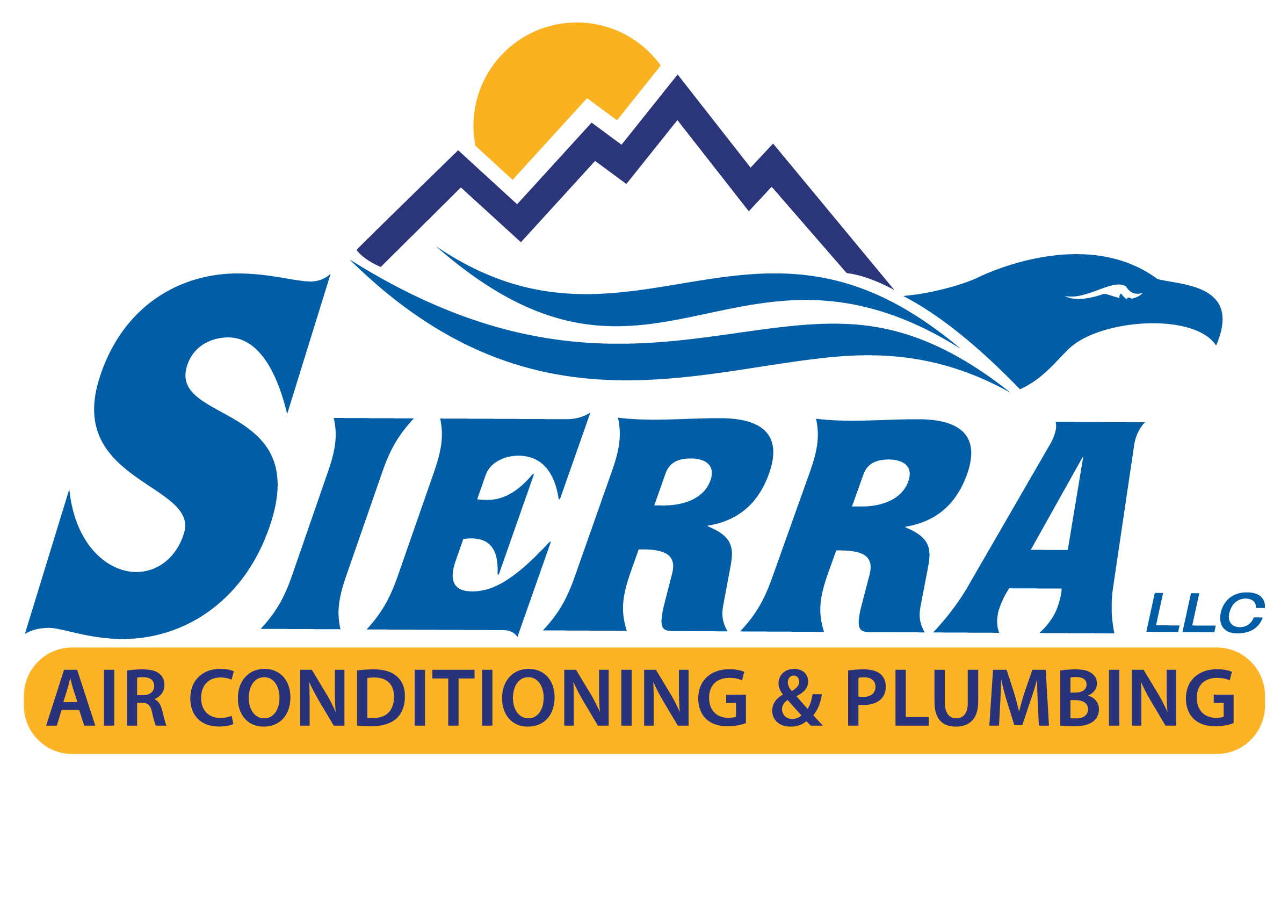By Sierra Air Conditioning & Plumbing
State of the Air 2020
Each year, the American Lung Association releases its State of the Air report, ranking cities and states by how clean their air is. This report ranks each metropolitan area and state by ozone pollution and particle pollution.
This year, the Las Vegas Metropolitan area ranked as follows:
- #9 of 229 for most polluted by ozone/high ozone days
- #25 of 216 for most polluted by short term particle pollution
- #36 of 204 for most polluted by annual particle pollution
These numbers may not seem like a big deal, but the air you breathe can seriously impact your health. Below is a breakdown of what exactly the terms in these rankings mean and why they should matter to you.
Ozone Pollution:
Ozone, also known as smog, is harmful to breathe but its presence also indicates that there are other harmful pollutants around that are created by the same processes as what creates ozone. Ozone is produced when fossil fuels like gas, oil, or coal are burned or when chemicals, like solvents, evaporate. It develops in the atmosphere from gases that come out of tailpipes, smokestacks, and other sources like chemical plants and gas stations.
Health Effects from Ozone:
Ozone causes serious health issues both short-term and long-term.
Short Term:
- Shortness of breath, wheezing, coughing
- Asthma attacks
- Increased risk of respiratory infections
- Increased susceptibility to pulmonary inflammation
- Increased need for people with lung diseases (asthma, COPD, etc.) to have health issues and require medical treatment
Long Term:
- Causes respiratory harm (e.g., worsened asthma, worsened COPD, inflammation)
- Likely to cause early death (both short-term and long-term exposure)
- Likely to cause cardiovascular harm (e.g., heart attacks, strokes, heart disease, congestive heart failure)
- May cause harm to the central nervous system
- May cause reproductive and developmental harm
New studies show that being exposed to ozone for more than 8 hours may pose serious health risks and effects.
- Examining the records from a long-term national database, researchers found a higher risk of death from respiratory diseases associated with increases in ozone.
- New York researchers looking at hospital records for children’s asthma found that the risk of admission to hospitals for asthma increased with chronic exposure to ozone. Younger children and children from low-income families were more likely than other children to need hospital admissions even during the same time periods.
- California researchers analyzing data from their long-term Southern California Children’s Health Study found that some children with certain genes were more likely to develop asthma as adolescents in response to the variations in ozone levels in their communities.
- Studies link lower birth weight and decreased lung function in newborns to ozone levels in their community. This research provides increasing evidence that ozone may harm newborns.
Particle Pollution:
Particle pollution is a mix of tiny solid and liquid particles that are in the air we breathe. Need a more specific example – think about the dirty, black exhaust that comes out of vehicle tailpipes. The exhaust smoke is particle pollution. When it comes to size, there is a multitude of sizes of particles that we breathe. The smaller and finer the particles are, the easier it is for them to pass into lung tissues and the harder it is for us to keep out or rid the body of them through actions like sneezing or coughing. When these particles enter your lung tissues, they get trapped and can pass through your lungs into your bloodstream, circulating in your body like oxygen molecules.
Short Term Exposure: When it comes to particle pollution, even short-term exposure (hours to days) can cause serious health issues and maybe deadly.
- Decreased lung function
- Heart attacks
- Increased mortality in infants
- Increased hospital admissions for those with cardiovascular diseases
- Increased hospital admissions and ER visits for those with COPD
- Increased severity of asthma attacks for children
- Increased hospitalizations for children with asthma
Long Term Exposure:
- Development of asthma in children
- Worsening of COPD in adults
- Decreased lung function growth in children and teens
- Increased risk of death from cardiovascular disease
- Increased risk of heart attacks and strokes
- Development of cancer
- Harm to the nervous system (reduced brain function and cognitive effects)
- May cause reproductive and developmental harm
For more information or to see the full report on Las Vegas or any other city, please visit:
https://www.stateoftheair.org/
To learn about how to combat pollution and poor air quality, call our team today for information about our indoor air quality products and UV lights!







